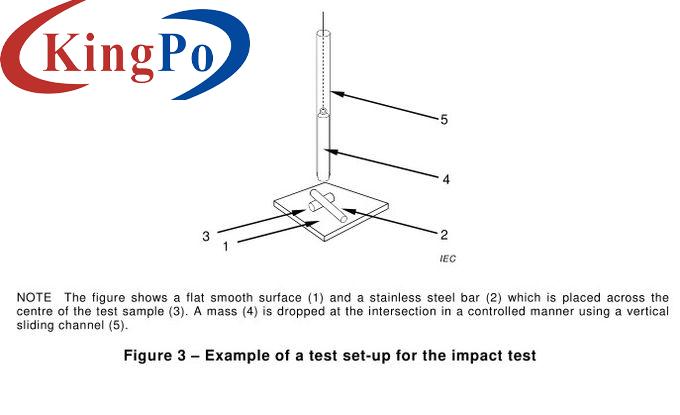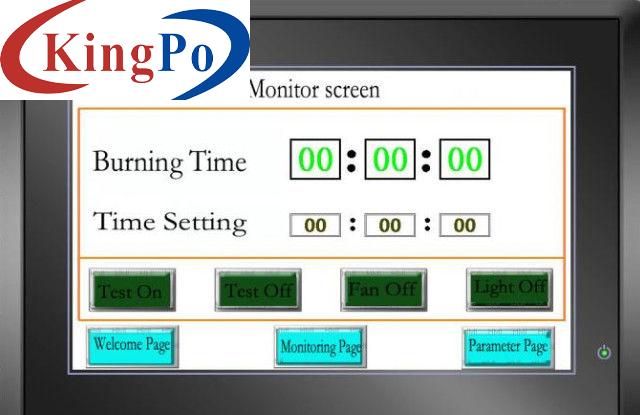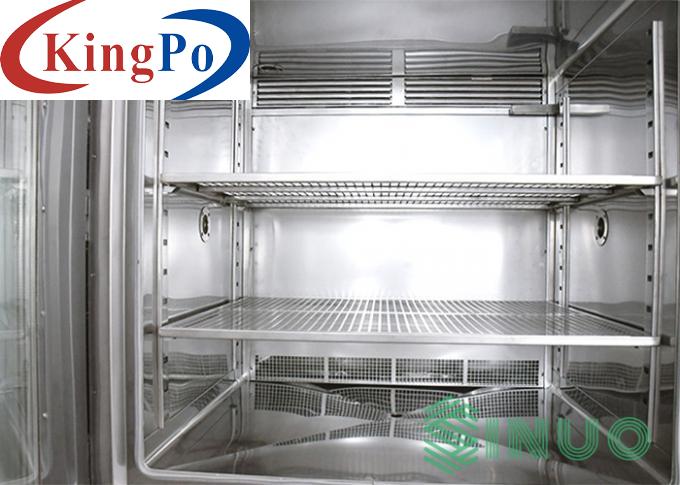Products

UL 1642 Lithium Battery Heavy Impact Tester For Battery 9.1kg Impact Strength Test
Products Description
IEC 60086-4 Battery Test Equipment Mechanical Abuse Of Cylindrical Cells Impact Test
Product Information:
Sample and restrictions: Battery.
Test purpose: Used to simulate the situation that various types of batteries are subjected to external impact during use, transportation and storage.
Test principle: The test sample battery is placed on a plane, and a rod with a diameter of 15.8±0.2mm (5/8 inch) is placed crosswise on the center of the sample. A 9.1kg or 10kg weight falls from a certain height (610mm or 1000mm) onto the sample. A 9.1kg or 10kg weight is dropped onto the sample from a certain height (610mm or 1000mm). When cylindrical or square batteries are subjected to impact tests, their longitudinal axis should be parallel to the plane and perpendicular to the longitudinal axis of the steel column. The longest axis of the square battery is perpendicular to the steel column, and the largest surface is perpendicular to the impact direction. Each battery only accepts one impact test.
Equipment structure and features: One machine structure, the door uses explosion-proof lock and explosion-proof chain
Technical Parameters:
Item
Parameters
Power supply
AC220V±10%/50Hz
Test station
Single station
Operation interface
7-inch color LCD touch screen
Drive mode
Stepper motor
Control system
PLC Control
Impact height
0~1000mm, can be preset
Lifting speed
0~3mm/s, can be preset
Drop weight
9.1kg±0.1kg and 10kg (consisting of a 9.1kg dropped ball with a 900g weight)
Exhaust device
Located behind the cabinet and can be connected to the outdoors
Test environment
Ambient temperature 5~40°C; relative humidity (20~90)%RH. Use place: no violent shaking, vibration, no electromagnetic interference, no dust, no explosive and corrosive gas, good heat dissipation
Test Procedure:
The impact test is applicable to cylindrical cells with a diameter greater than 20 mm.
The test cell or component cell is placed on a flat, smooth surface. A stainless steel bar (Type 316 or equivalent) 15.8 mm ± 0.1 mm in diameter and at least 60 mm in length or the longest dimension of the cell, whichever is greater, is placed across the centre of the test specimen. Using a nearly frictionless vertical sliding rail or hammock, a weight of 9.1 kg ± 0.1 kg is dropped from a height of 61 cm ± 2.5 cm onto the intersection of the bar and the test specimen in a controlled manner, with minimum resistance to the falling weight. The vertical rail or hanger used to guide the falling weight shall be at an angle of 90 degrees to the horizontal support surface.
The longitudinal axis of the test specimen at impact shall be parallel to the plane and perpendicular to the long axis of the stainless steel bar across the centre of the test specimen (see Figure 3).








